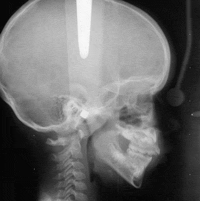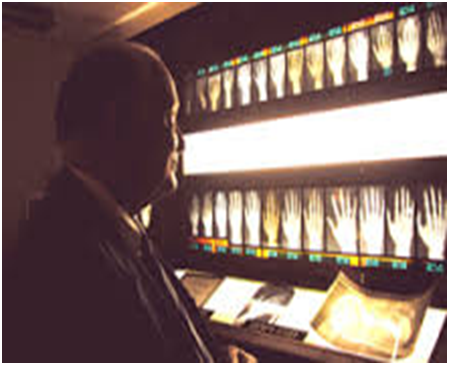Facial Development And The Bolton Tracings
Later in this post, I will show a Bolton tracing that allows us to assess the craniofacial development of children. We can also use it on adults. But first, a little background. Dr. Charles Bolton lived from 1909 to 1976 and is famous for developing the Bolton Standards of Dentofacial Developmental Growth. Both of his parents served in congress. As a result of her success, his mother sponsored a study of almost 6000 children from one to eighteen years from 1930 to 1959. Initially, the children were seen every three months until they were one, every six months until five years, and then every year through adolescence.
Over the years, radiographs were taken of the same individuals annually to determine how the body grows. Handwritten, radiographic data, nutritional, dental, and medical health status, disease history, photographs, and tooth impressions were all part of the gathered information.
The "Bolton Standards" were first presented at the Third International Orthodontic Congress in London in 1973. The Standards were published in 1975 by Holly Broadbent Sr., the lead researcher, and William Golden. This provided clinicians and researchers with an invaluable tool for understanding and assessing the growth of the craniofacial complex.
The data continues to be an invaluable and one-of-a-kind resource. The stored records at the Bolton-Brush Growth Study Center in Cleveland are still being studied today. The initial work will not likely ever be undertaken again. However, it will provide insight into the continuum of growth and development of individuals for generations to come.
It was clear that the face quickly reflected the patient's health and that many childhood diseases influence the growth patterns of the head and face. The animated motion picture, seen above, "Normal Dentofacial Growth," developed by the Bolton Study with the active participation of Charles Bolton, provided a graphic representation of the changes that occur during childhood. The importance of these achievements, now known as "cephalometrics," has become adopted by the orthodontic profession as standard practice. They are taught in all orthodontic training programs. 1
In 1982, 113 participants were located and returned for further examinations. Again, cephalometric examinations surprisingly revealed a continuing growth of the craniofacial complex throughout all adult age spans. Dentists who perform orthodontics on adults, especially the expansion of small jaws, know this to be true.
The illustrations below have adult Bolton tracings for an eighteen-year-old overlaid on them. The face is fully grown by eighteen, even though some changes will continue for life. The version on the left represents ideal growth, the one on the right is more typical of modern faces. As you can see, the jaws are underdeveloped, and the face is long.




